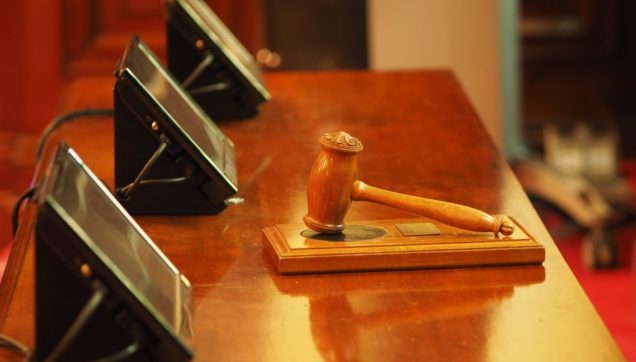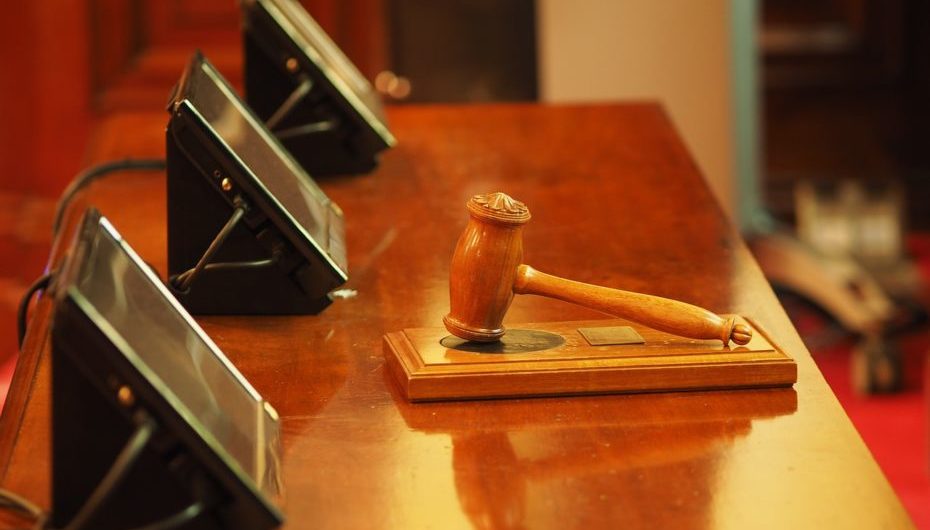When a commercial tenant files bankruptcy, it can be difficult to know what will happen next. Your rights as the owner of the commercial property who leases the building are protected under the Bankruptcy and Insolvency Act, or BIA. According to the BIA, the trustee assumes the responsibility of the lease.
Of course, there are usually tell-tale signs that a tenant is heading for bankruptcy. This could be late rental payments or even missing one or more months of rent. However, receiving notice of a tenant’s bankruptcy can still come as a shock.
The article looks at some of the basics when a tenant is declared bankrupt. However, as every bankruptcy is different, you should always seek legal advice before proceeding with any claims against the tenant.
When a Commercial Tenant Files for Bankruptcy
Usually, a commercial tenancy lease includes terms in situations of bankruptcy. As the lessor, you have the right to recover 3 months of rent as well as up to 3 months in advance rent if you are entitled to this. However, this doesn’t entitle you to any property damage caused by the bankrupt tenant. For this, you have to submit an ordinary claim.
According to the rulings of the court, you may or may not be able to claim for the full month of rent when the tenant filed for bankruptcy.
Although granting you the rights as the commercial property landlord to recover rent arrears may seem like the best option, it’s good to keep in mind that debts can only be recovered from movable property or goods. This means that if the value of goods is low, you may not be able to recover all rent from the bankruptcy by these means.
There are other ways by which commercial property landlords can recover rent payments. One of the best ways to get back rent is by means of a surety bond or bank letter of credit.
In order to make a claim, you have to do this within 120 days, otherwise, any potential claims are viewed as being rejected.
In any bankruptcy case, you should seek legal advice from your lawyer on the terms of each individual tenant and see how the Bankruptcy and Insolvency Act protects you.












